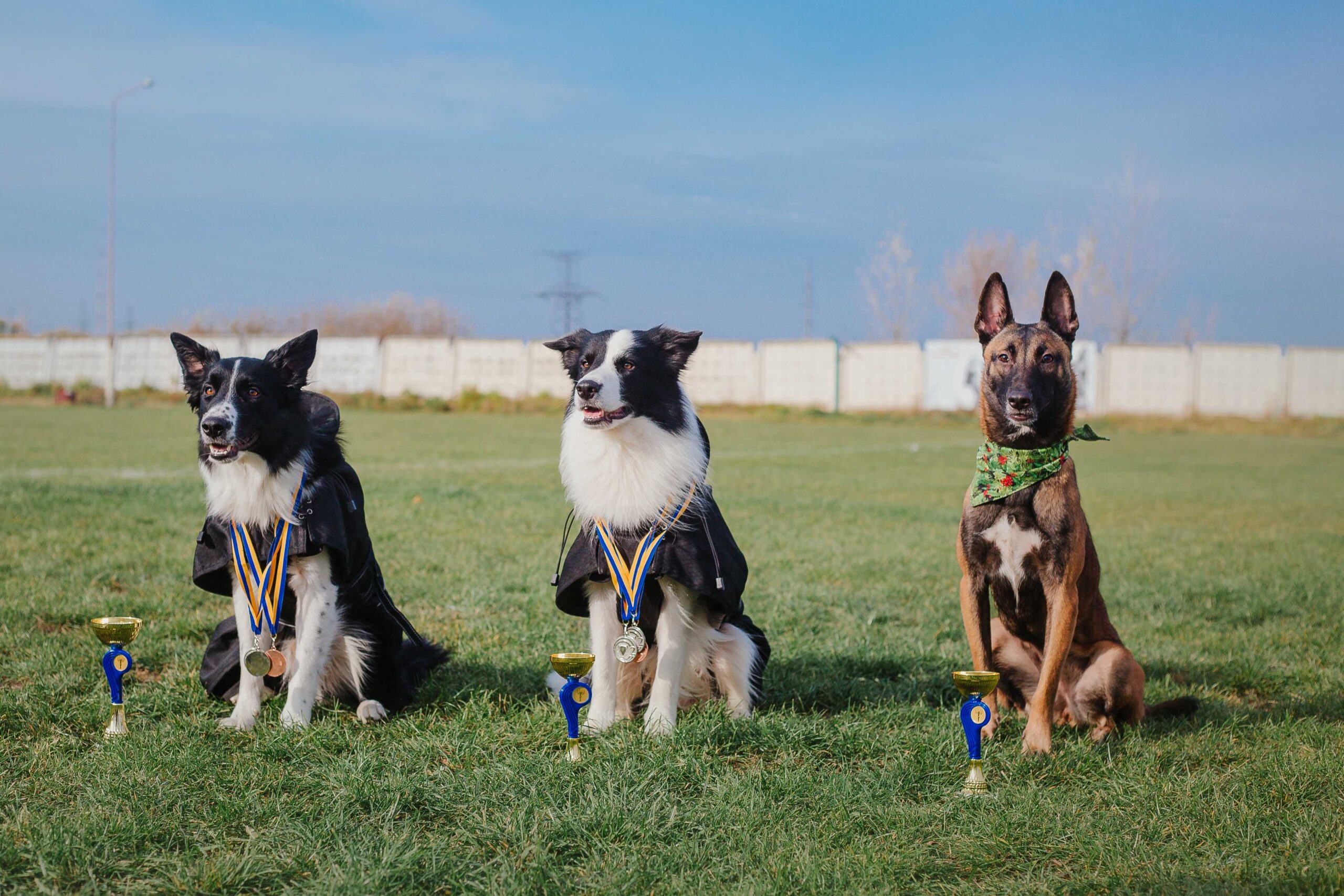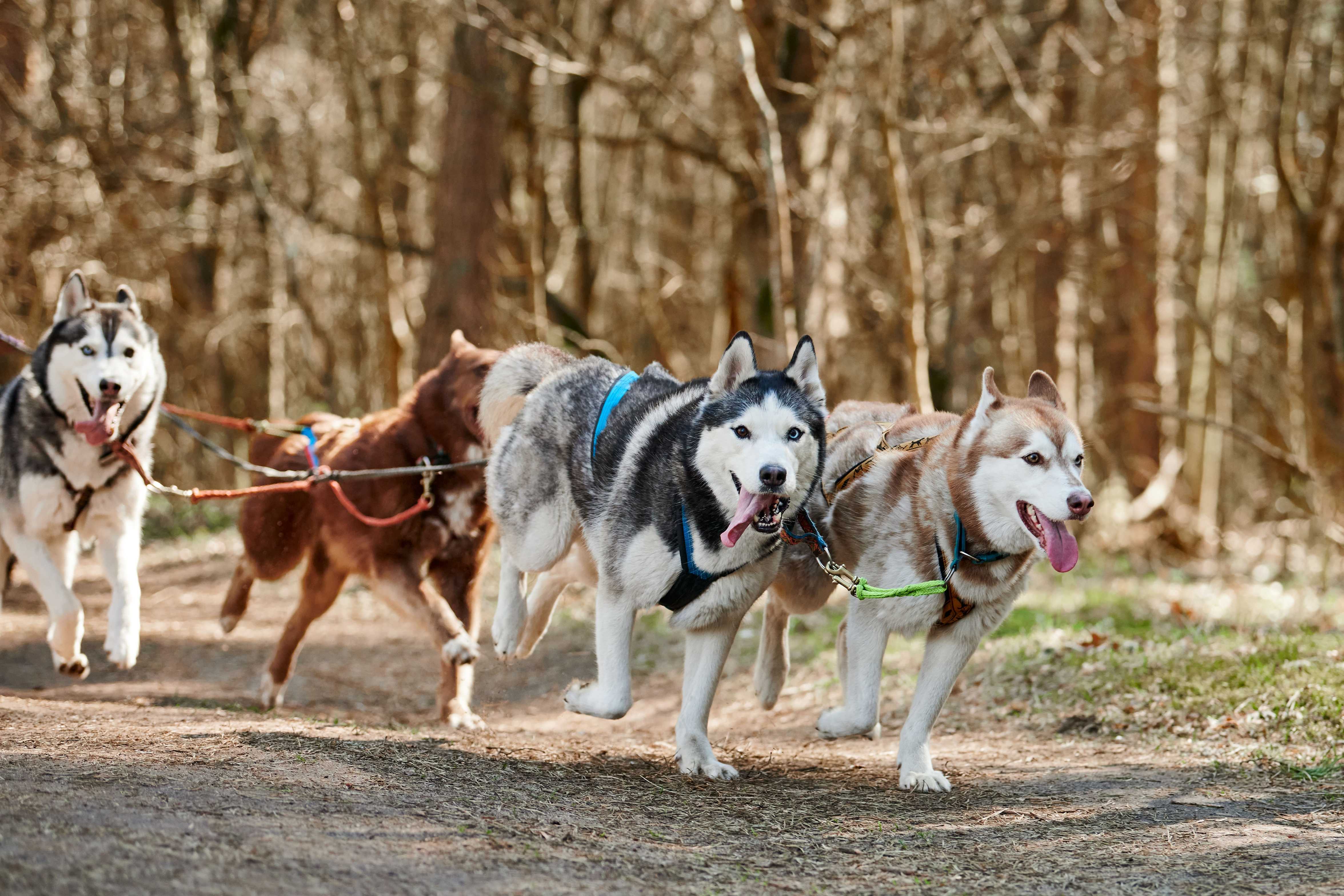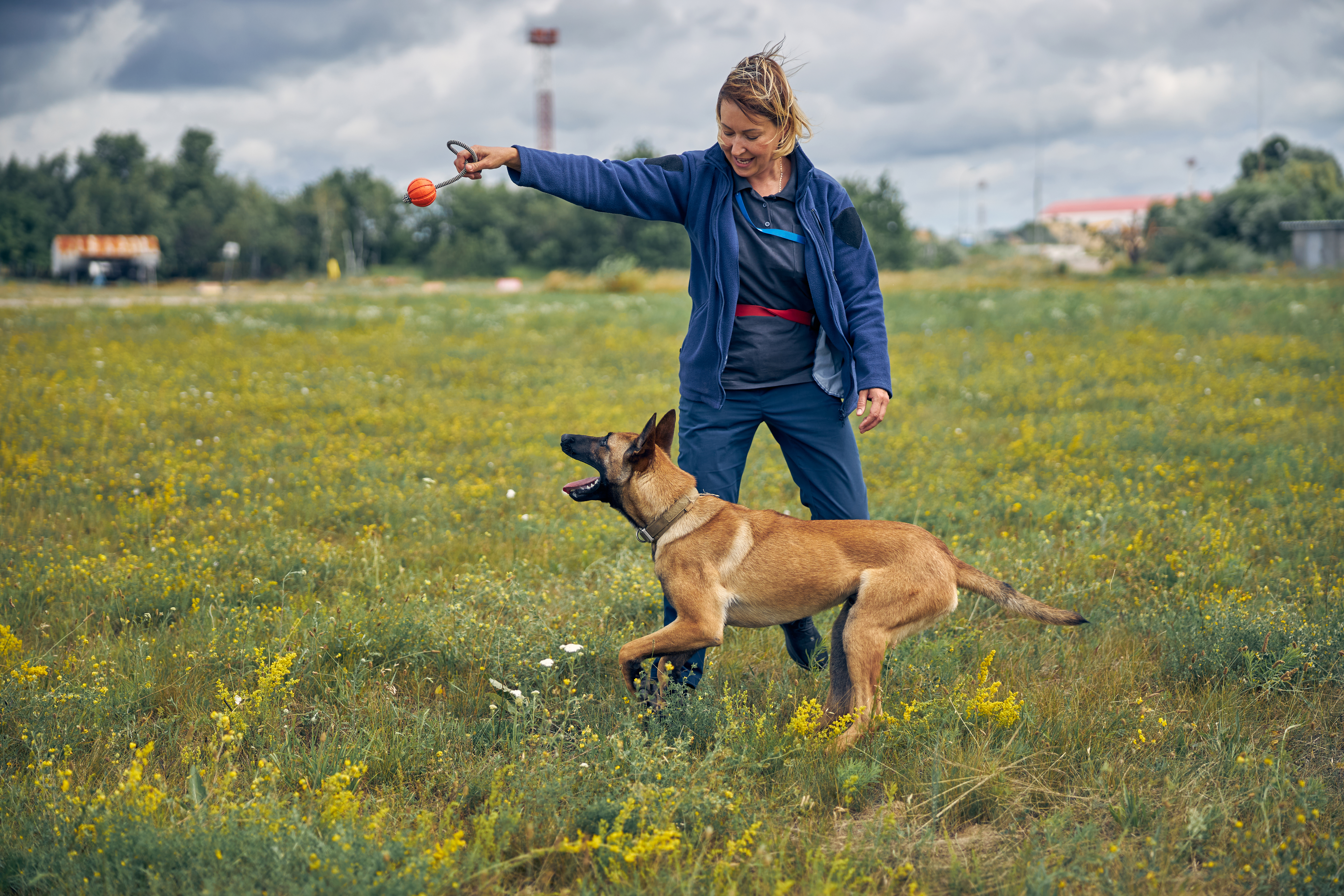






Watching a team of protection dogs coordinate smoothly is just captivating. Take TikTok creator then8tivedogfather, for instance. With five powerful protection dogs at his side, most videos offer a new look at how his pack moves with a precise, almost instinctual synchronicity to protect his family. Followers in the comments regularly ask about pack hierarchy, the role each dog plays, and how they avoid clashing.
The answers may seem simple, but the real beauty lies in the intricate dynamics of “pack mentality” and how these dogs understand one another. It’s important to grasp that, in the world of protection dogs, hierarchy and teamwork aren’t random—they’re earned.
The result of thousands of hours of training, trust-building, and understanding. They rely on deep trust, role recognition, and an intuitive grasp of each other’s strengths, weaknesses, and boundaries.
And the one person who anchors all of this? The pack leader.
When people see multiple protection dogs working together, they often assume there’s a “top dog” calling the shots. Reality is more nuanced. While dogs naturally establish hierarchies among themselves, in a properly trained protection unit, the handler is always the unquestioned leader.
The dogs aren’t following another dog’s lead; they’re following their human’s direction while maintaining awareness of their packmates’ positions and roles.
So, has the “Pack Leader” theory been debunked? Not quite.
The core principles observed by biologist David Mech in wolf packs—principles that apply to dogs as well—shed light on what true leadership means to them.
You can read his white paper here to see how scientifically verified all of this is.
The pack works because each dog has a purpose, a role, or a job that they’re trained to fulfill.
Let’s break down what that really means:

Trained to remain focused even in the face of high energy, this dog plays a critical role as the first line of defense.
This dog is highly responsive to subtle changes in the environment. They have an acute awareness of their surroundings and are trained to track movement, alerting the handler and pack of any approaching threats before they come into sight.
They’re observant, and they keep the team a step ahead.
Not every dog in a protection unit has to be aggressive. The support dog is trained to step in when necessary, reinforcing the frontline guardian or scout when situations escalate. This dog maintains a steady, watchful presence, balancing the pack’s dynamic.
Protection packs are adaptive. If a situation changes, a well-trained team will shift roles as needed, keeping that coordination tight and focused.
In then8tivedogfather’s pack, you can see this play out in real-time. The dogs don’t just rush into action—they assess the scene, moving in perfect sync to opposite sides of their handler, forming a protective shield.
In one video, they even bypass a decoy without biting, focusing solely on their primary goal: forming a barrier.
When they do engage, they’re strategic, targeting separate areas of an attacker and avoiding each other’s paths to maximize their impact and keep everyone in sync.
And…
Non-verbal communication. It’s like their own language, one we can’t see or hear unless we’re paying close attention. A subtle look, a shift in posture, or even a change in tail position is all they need to communicate.
Dogs are hypersensitive to human gestures, too—more than almost any other animal. They pick up on subtle cues from their handler, like a quick hand movement or even a simple change in stance.
And here’s a cool fact: dogs in a pack often mirror each other’s behavior—a phenomenon called “social mimicry.” It helps them work together seamlessly, almost as if they’re one organism instead of a group.
The bedrock of any effective pack is trust. Each dog in a protection team needs to trust that the others will fulfill their roles reliably.
This isn’t something that happens overnight; it takes consistent training, socialization, and bonding activities that allow each dog to understand and respect their teammates’ strengths and boundaries.
This trust extends to their handler, who serves as the central figure guiding their actions.
Building a cohesive protection team starts with thorough training.
Here’s the process:

This phase isn’t rushed, as it’s essential for every dog to demonstrate reliability and resilience before advancing. Basic obedience isn’t just about commands like “sit” and “stay”—it’s about training a dog to be responsive under pressure, no matter the environment.
They learn impulse control, emotional balance, and the ability to focus entirely on their handler’s guidance, which is critical for real-world protection.
After mastering basic obedience, each dog moves into more specialized training based on their natural strengths and traits.
The dog with the keenest senses might be groomed for a scout role, while one with a natural calmness may excel as the support dog, ready to jump in when things get intense.
This is where individual skill-building intensifies, tailoring the dog’s abilities to meet the unique demands of their protection role.
This process is gradual, introducing one dog at a time to work alongside the others under the handler’s command.
In these early stages, trainers observe how the dogs interact, address any territorial or competitive behavior, and teach the dogs to rely on one another’s presence without feeling threatened or distracted.
They practice responding to commands collectively, learning to move in tandem, and honing the subtle communication that allows them to understand each other’s roles.
With the initial integration established, the training intensifies with drills that replicate real-world scenarios.
These exercises may involve decoys, multiple “attackers,” and even unexpected environmental factors to ensure the dogs remain cohesive and calm.
Dogs practice coordinating responses, such as positioning themselves on opposite sides of their handler, responding to directional commands in unison, and maintaining formation during movements.
This step is where the team’s synergy begins to shine. The dogs don’t just follow commands—they start anticipating each other’s actions, recognizing when to step back or move forward, and staying hyper-attuned to the handler’s cues.
At this point, you can now take the pack into varied, unpredictable locations to refine their teamwork in the real world.
Urban areas, parks, and even places with heavy foot traffic offer situations where the pack must stay cohesive despite unfamiliar sights, sounds, and people.
Now, the team’s communication is nearly silent—each dog knows their role, trusts the others, and responds without hesitation to both handler commands and subtle shifts in the group dynamic.
Think about it:
Now, here’s the truth:
Multiple protection dogs demand elite training to become a unified, controlled defense team. But in today’s market, most protection dogs are undertrained and overpriced.
That’s not how we operate at Vanguard Protection Dogs. We focus on one mission—building the most formidable, disciplined protection dogs in the industry.
Our dogs won’t just defend you; they’ll do it with precision, discipline, military-level coordination, and unmatched loyalty.
The outcome?
So here’s your next step:
Contact us today—not tomorrow, not next week.